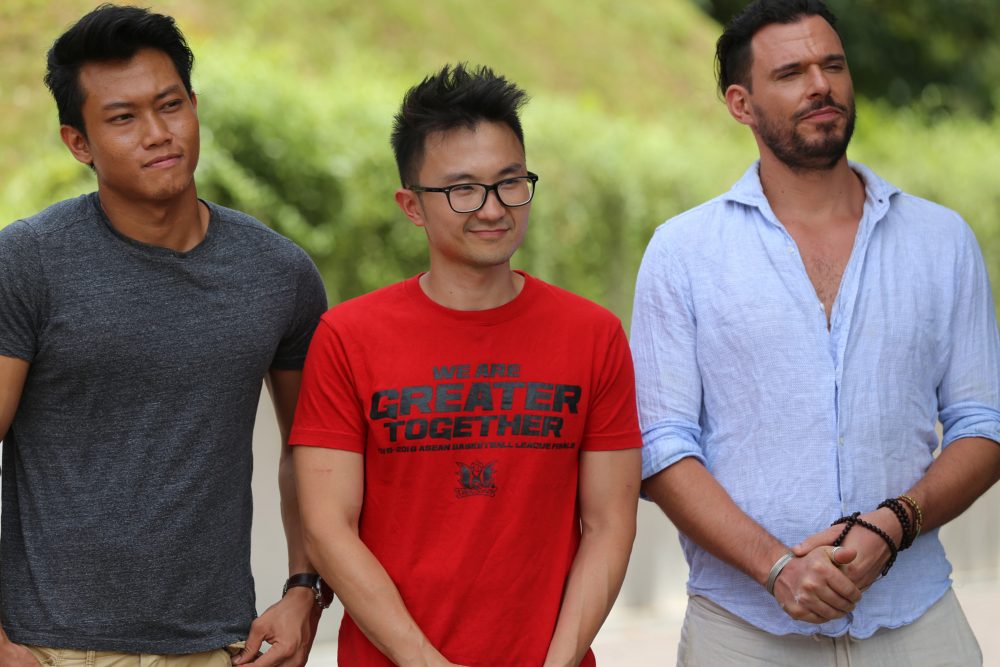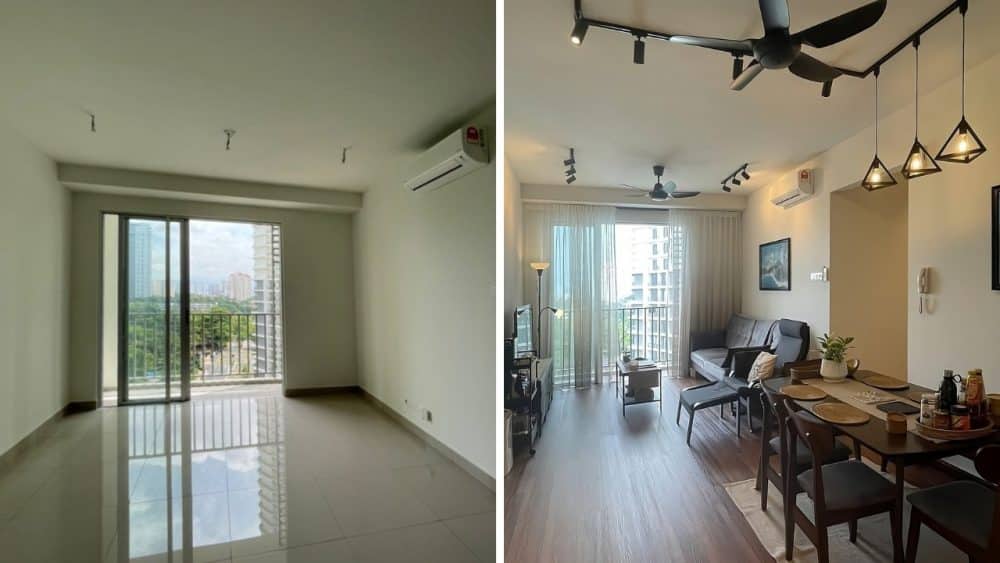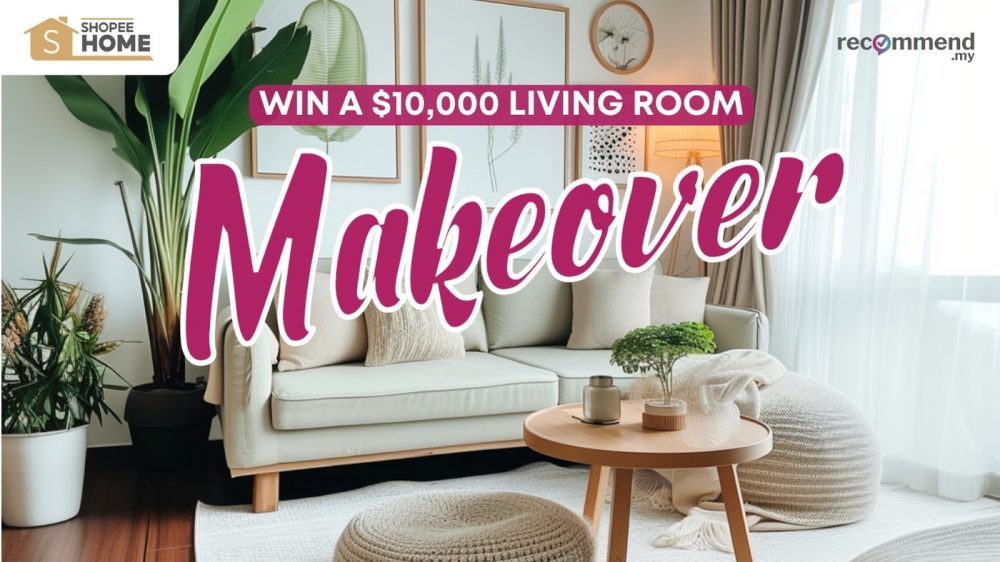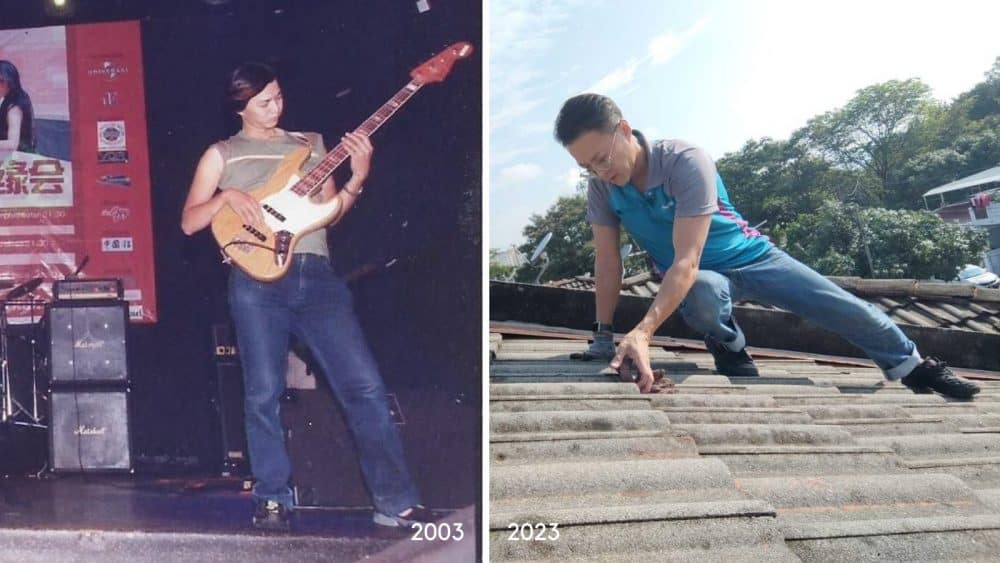Who knew that interior design could be this exciting?
The reality TV show “The Apartment: Rising Stars Edition” takes viewers into the cut-throat world of interior design.
Set in Johor Bahru, the show features 12 up and coming designers from Australia, China, Vietnam, Singapore, Thailand, Philippines and Malaysia.
We caught up with the two contestants from Malaysia, Ernest Loh and Winston See, to ask what they think about Malaysian homeowners’ tastes.
They wouldn’t tell us who won in the end (!) but did share details about life as designers, the scene in Malaysia, and how good design can be sustainable without breaking the bank.
Table of Contents
About Ernest Loh, 26
Ernest has a diploma in interior design, and joined a multi-disciplinary design firm over three years ago. Most of his projects revolve around retail and commercial designs and he travels within South East Asia to supervise the construction, finishes and installation on a number of projects. While pursuing his degree in interior architecture, he won two design awards. Ernest believes the only way to do great work is to love and enjoy what you do.

About Winston See, 30
Winston is an architect, and designing has always been his passion. He got into architecture by playing countless hours of the popular PC game, The Sims. It inspired him to pursue an interest in architecture and interior design and he is keen to see how the spaces which we design can ultimately influence one’s quality of life.

1. How would you describe your design style? Do you have a “signature” style?
Ernest:
My style speaks confidence and bears the personality of the brand or the person I’m designing for. These styles often pay homage or have a nod towards pop culture or whatever relevant trends that are in season.
Winston:
I’m a modernist at heart and I believe the ideas we put out there have to be complimented with good reasons behind them. Coming from an architecture background, I strive for a design that goes beyond than just aesthetics.
“I believe that a great design will stimulate your curiosity, tingle your senses, play with your emotions, and most importantly, is functional.”
These criteria will actually improve the users’ quality of life rather than just look expensive. I get the majority of my inspirations through my clients and I believe everyone is unique. If I have to describe my style in a word, it would be “fluid”.
2. What advice would you give Malaysian homeowners as they start looking for an interior designer?
Ernest:
First have an idea of what you want. You do not have to have all the answers yet but a good designer will know how to translate your ideas into design language.
Winston:
Do not be afraid to reach out and share your thoughts. Take a leap of faith and settle for a really good designer who understands your need.

3. Who is the toughest type of client?
Ernest:
The worst client is one that says “do whatever you want”, or those that say “I do not know what I want”.
Those that say “do whatever you want” may be open to your thought process. But on the flip side, some clients might have a thousand revisions after your first draft. So to avoid this, a client should have an idea of what they want.
Winston:
I treat each and every one of my clients like close friends. And just like in a friendship, there will be clashes of beliefs and personalities. Just remember that it is perfectly fine to agree to disagree with each other. It all comes down to communication and respect.
However, I believe that professionalism comes from within (attitude), we as designers should try to put clients’ interest above all and stop worrying about putting our stamp on a project.
4. The perception is that interior design is costly. How can ordinary Malaysians get a uniquely designed space without breaking the bank?
Ernest:
Not always the case! A well-designed interior with great space planning could even SAVE you money in the long run (e.g. expanding the family, clever storage, green features being less reliant on air-conditioners). Also, a well-designed home could even increase property value.
Winston:
It’s essential to have good planning when it comes to saving money. For instance, minimising abortive works on site and sub-dividing your project into phases will make more sense rather than rushing for the completion. If you’re not sure how to do it, appoint a professional. Project management is part of our scope too.
“Malaysians would rather spend on beautiful cars, and creating a meaningful space becomes second priority. I understand that spending five to six figures of your hard earned money is a hard pill to swallow, but I guarantee you that it’s well worth it.”
5. How would you describe the design taste of Malaysians?
Ernest:
Malaysians generally know what they want. But sometimes I feel that many people want what’s currently in season, and when it goes out of trend, it could potentially leave the finished project looking gaudy.
On the other hand, there are many Malaysians who loves a remix of global culture and heritage in their design and are very open to new concepts – regardless if it’s a high budget project or not.
Winston:
The older generation clients generally look for practical and functional design.
Meanwhile, younger clients prioritise aesthetics above everything else, and it’s probably because they are more well-versed with the use of Pinterest and other social media platforms. But hey, I would say: “put your hands together”.

6. What design style do you wish clients would stop asking for?
Ernest:
I have not had projects where a particular style has been repeated so much that I’ve grown tired of it. I’m always drawn to people who know passionately what they want, and I’ll be happy to translate that into design language, even if it’s a design that I’ve done many times over.
Winston:
Same for me. Just because people say the same keywords, it doesn’t mean the same expression. Each and every one of us has a different cultural background, upbringing, influence and inspiration, so it will never be 100% the same.
7. Are there any interesting differences between interior design styles across the region, for example between Malaysia, Singapore, Thailand and Indonesia?
Ernest:
Singaporean designs seem to have respect towards heritage, context and purpose.
Malaysian design styles do too and I can definitely point out a few but often, when small startups built their space, it often feels like it’s lacking heart and doesn’t quite show passion.
Winston:
Unfortunately, I think Malaysia is a little slow in terms of its interior design and architecture approach but it has a lot to do with the state of our economy.
Our neighbours especially Singapore and Thailand are more conscious about sustainability and have more projects which incorporate landscape, nature, and cultural elements in their design. There are really good projects in Malaysia, just far less common than our neighbours.

8. What have been some of your favourite projects?
Ernest:
One of my favourite projects happened some years ago when I was working on a retail design campaign for a tobacco brand. I got the chance to travel to several cities abroad to oversee production and execution of my first few projects in design.
Winston:
My favourite projects are the ones that utilise the tropical nature at hand with a contemporary twist. Some of the few great architects who have driven my design principles today are Geoffrey Bawa, Bedmar & Shi and Kerry Hill.
Most of their projects are extremely inspiring to me because it’s adaptive to its context in regards to the local culture, climate, tradition, and resources.
In fact, my favourite hotel of all time is the Kandalama Hotel in Sri Lanka by Geoffrey Bawa. Stay there and you will understand what it’s like to live harmoniously within nature. It’s also where my wife and I really hit it off before we started dating, but I promise I’m not being biased!
9. In the TV series, you guys have to do a lot of the building work yourself. But in reality, most of the execution in Malaysia is outsourced to contractors. Do you think DIY is feasible in Malaysia? Why or why not?
Ernest:
Oh absolutely! You’ll find it immensely satisfying to build something with your own hands and might even appreciate it even more as a sentimental piece that you could tell your friends and family, “I did that”.
DIY stores are getting more accessible, power tools are available at affordable ranges, raw materials like wood can be found everywhere not to mention the availability of second-hand stores to source beautiful objects, and there are also tonnes of DIY videos on Youtube.
Give it a good thought, ask yourself “why” and then get into the process. Take away the factor of time, it’s definitely feasible and you know you’re not short of resources.
Winston:
Even though filming has ended, I can still hear the sound of saws and drills in my sleep. I was definitely intimidated by it but in reality, it’s actually not very difficult. I would definitely recommend DIY simply because it’s more affordable and super satisfying. There are plenty of hardware shops around us so why not?

Catch “The Apartment: Rising Stars Edition” on AXN (Astro channel 701) every Saturday at 8:05 PM.
Need interior design? Choose from over 200 interior designers in Malaysia at Recommend.my









